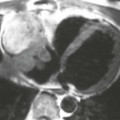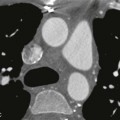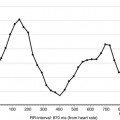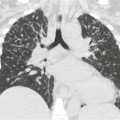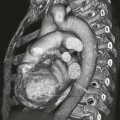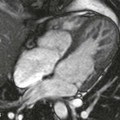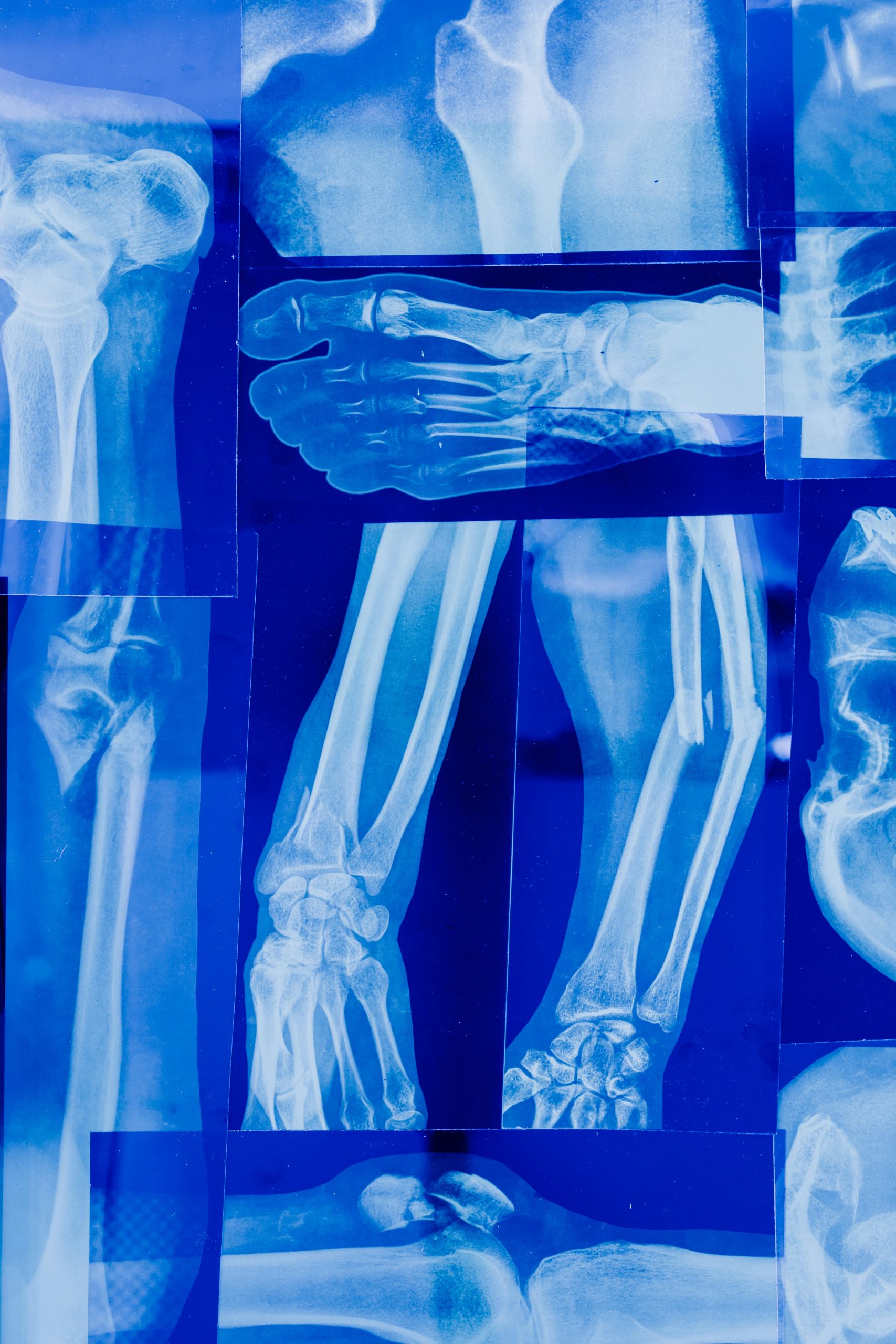
Between 1994 and 2015, diagnostic imaging services by nurse practitioners and physician assistants increased by 14,711%. That’s not a typo.
Yet despite this massive growth, nurse practitioners still perform only 1.27% of all imaging interpretations. There’s a story here that goes beyond numbers—one about untapped potential and educational preparation.
TWU NP program sits at the center of this opportunity. With 46 carefully structured credit hours and 572 clinical hours, TWU is preparing graduates for a primary care reality where imaging interpretation isn’t just helpful—it’s essential.
We’re going to examine what this really means. The skills you’ll need, how TWU’s curriculum delivers them, and why the timing couldn’t be better for imaging-literate FNPs entering primary care.
X-Ray Vision
The geographic spread tells its own story. In South Dakota, nurse practitioners interpret 7,987 imaging services per 100,000 Medicare beneficiaries. Hawaii? Just 231 per 100,000.
That’s a 35-fold difference between states practicing under the same federal guidelines.
When NPs do interpret imaging, the patterns are telling. Chest radiographs account for 44.57% of interpretations, followed by extremity imaging at 34.39%. Abdominal and pelvic studies make up 9.04%, with spine imaging at 6.08%.
These aren’t random distributions. They reflect what primary care actually looks like—respiratory complaints, minor injuries, and the bread-and-butter diagnoses that fill your schedule.
Research consistently shows that nurse practitioners can safely and appropriately request and interpret plain X-rays, particularly in emergency and minor injury settings. The evidence base is solid. What’s been missing is the educational foundation.
Here’s what’s interesting: 94% of NP imaging services involve radiography and fluoroscopy—the fundamental skills that form the backbone of primary care diagnostics. Not exotic procedures or cutting-edge technology, but the everyday imaging that helps you make better clinical decisions.
How TWU Builds Imaging-Ready Graduates
TWU’s approach differs from many FNP programs in meaningful ways. The 14-course structure, completed over 2-3 years, includes specific elements that directly support imaging competency.
Advanced Pathophysiology provides the disease process foundation that makes imaging findings clinically relevant. You can’t interpret what you don’t understand mechanistically.
The Advanced Assessment and Differential Diagnosis course includes a mandatory on-campus immersion. This isn’t just academic convenience—it’s recognition that imaging interpretation requires hands-on skill development that can’t be fully delivered online.
Pharmacotherapeutics rounds out the clinical reasoning triangle. When you understand how medications affect physiology, imaging findings start making sense in context rather than isolation.
A 2024 scoping review highlighted the “lack of relevant university curricula for NPs around diagnostic imaging” across the profession. TWU’s structure addresses this gap systematically rather than incidentally.
The 572 clinical hours provide something equally important—exposure to real-world imaging decisions under supervision. You’ll see how experienced providers approach imaging requests, interpretation, and the communication of findings to patients.
Evidence-based practice threads through the entire curriculum. This matters more than you might initially think, because appropriate imaging utilization requires understanding not just what you can see, but when looking is worthwhile.
Real-World Imaging Challenges for FNPs
Clinical practice presents imaging challenges that textbooks rarely address adequately. Patient expectations influence imaging decisions more than many providers anticipate.
Research involving primary care providers identified key factors affecting imaging interpretation decisions:
- Patient expectations and provider-patient communication significantly influence imaging choices
- Inadequate knowledge serves as a barrier to incorporating patient-centered outcomes
- Emotional considerations around costs—monetary, physical, and risk-related—create clinical tension
- Test result uncertainty affects both provider confidence and patient satisfaction
The American Institute of Ultrasound in Medicine has established specific training guidelines for nurse practitioners interpreting diagnostic ultrasound. These requirements go beyond basic image recognition to include understanding indications, limitations, and safety considerations.
Here’s something worth considering: inadequate knowledge doesn’t just affect clinical outcomes—it impacts your confidence in practice. When you’re uncertain about imaging interpretation, that uncertainty transfers to patients and affects the therapeutic relationship.
The continuing education market recognizes these gaps. Professional programs specifically target FNPs for training in chest X-ray interpretation, orthopedic imaging, and abdominal pain evaluation. This suggests market recognition of both the need and the opportunity.
Diagnostic reasoning, according to a 2022 scoping review, represents “an essential competency requiring mastery for safe, independent nurse practitioner practice.” Imaging interpretation sits squarely within this competency domain.
Why TWU FNPs Hold the Key
The current 1.27% figure represents opportunity rather than limitation. When you consider that diagnostic imaging is essential content for FNP programs to meet expectations for safe primary care practice, the math becomes compelling.
TWU’s comprehensive curriculum approach addresses the educational gaps identified in recent research. While many programs treat imaging as supplementary content, TWU integrates it systematically across pathophysiology, assessment, and clinical reasoning courses.
The evidence-based practice emphasis aligns perfectly with appropriate imaging utilization. You’ll graduate understanding not just how to interpret studies, but when ordering them serves patient care best.
Patient safety considerations—radiation protection, informed consent, clinical decision-making—integrate naturally with TWU’s patient-centered care approach. These aren’t separate skill sets but complementary competencies that strengthen clinical practice.
Professional development pathways for imaging-focused roles become accessible to TWU graduates because of this educational foundation. The skills transfer across practice settings and specialties.
Focusing the Future of Primary Care
That 1.27% statistic isn’t a ceiling—it’s a starting point.
TWU’s educational approach addresses the “significant gaps in educational preparation” identified across FNP programs nationally. Your graduating class enters practice with imaging competencies that many programs still struggle to deliver consistently.
The 44.57% of current NP imaging interpretations involving chest radiographs reflects current comfort levels and training limitations. TWU graduates enter practice prepared for the full spectrum of primary care imaging needs.
Consider this: if nurse practitioners can safely interpret plain X-rays in emergency settings, what becomes possible in primary care with proper educational preparation?
The question isn’t whether imaging interpretation belongs in family nurse practitioner practice. The evidence settled that debate. The question is which graduates will be prepared to meet this expectation competently and confidently.
TWU’s approach suggests they’ve already answered that question.
Stay updated, free articles. Join our Telegram channel

Full access? Get Clinical Tree


